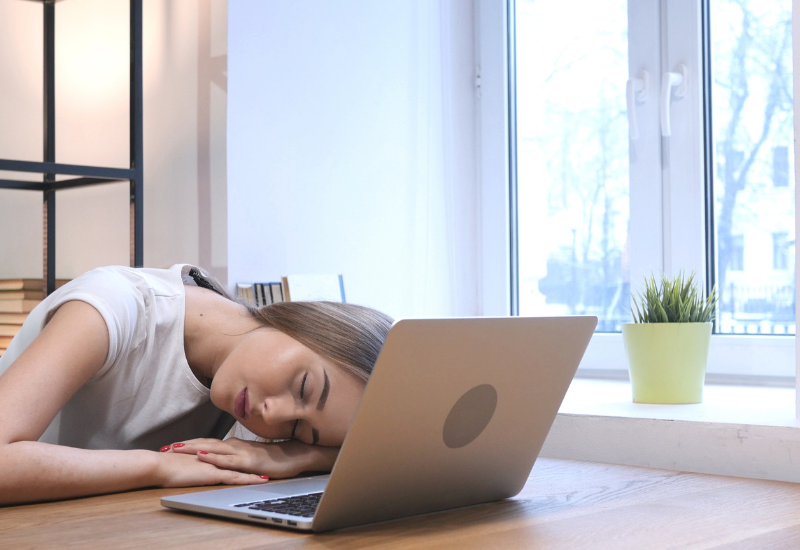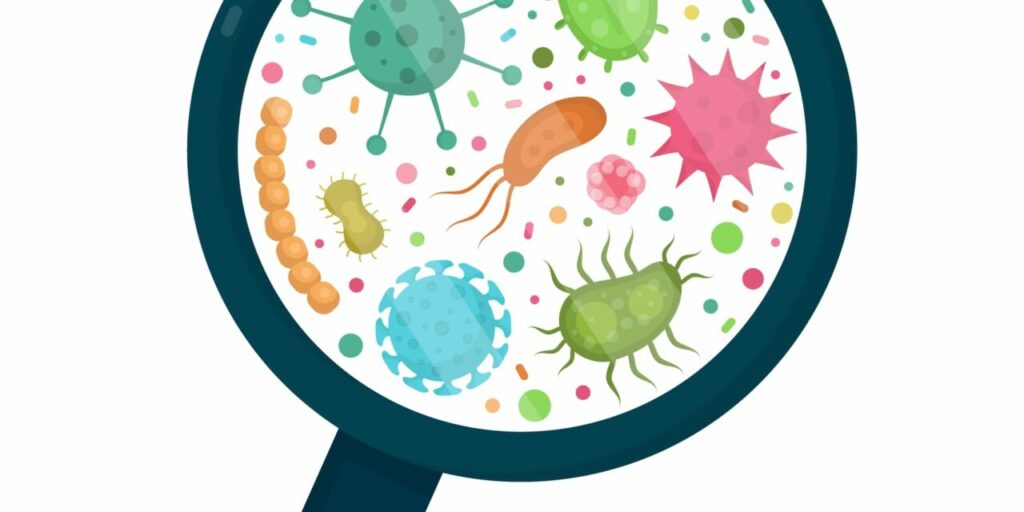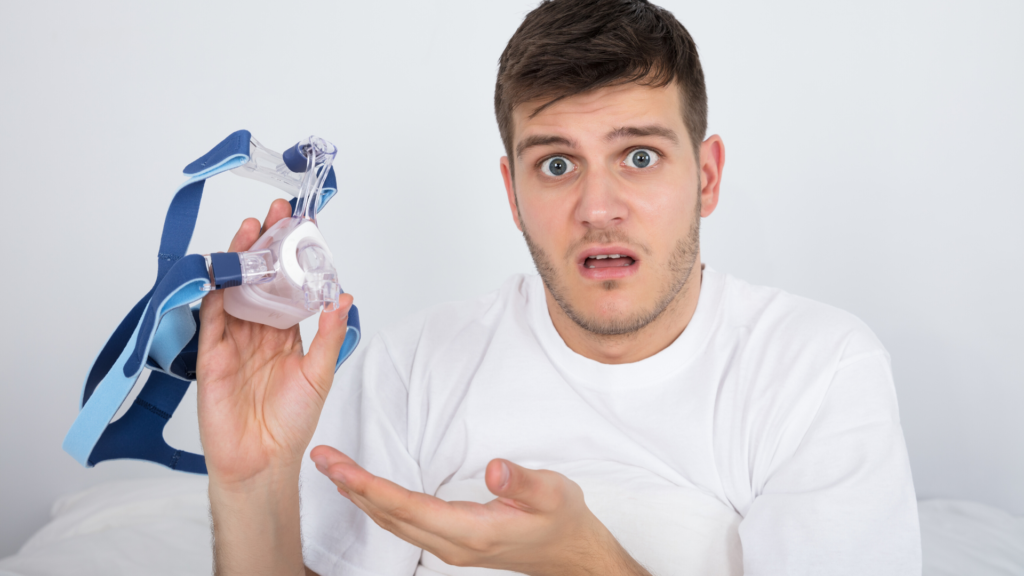“Insomnia-Like” Sleep Patterns Can Predict Future Stress
As part of our outreach efforts to our clients, we will often share informative articles related to sleep and sleep apnea. The following is an insightful piece written for Sleep Review by Sree Roy.
Inverse: New research suggests fragmented sleep patterns contain a critical message.
Dipesh Chaudhury is the study’s lead author and an assistant professor of biology at New York University Abu Dhabi. He tells Inverse that this study deepens our understanding of how stress and sleep are related. Typically, we assume that stress leads to poor sleep. But things could also work the other way around, with poor sleep dampening resilience to stress at the same time.
“Our findings also indicate that those mice that exhibit abnormal sleep prior to stress are more sensitive to future stress exposure. In other words, sleep abnormalities can also be a cause of stress-related disorders,” Chaudhury says.
A BAD NIGHT’S SLEEP COMES WITH A HOST OF CONSEQUENCES, some of which aren’t obvious right away. This is especially true when stressful situations — like a year defined by a pandemic — hit. Research suggests specific abnormal sleep patterns may decrease one skill that’s crucial to weathering the storm.
In a mouse study published Tuesday in Frontiers in Neuroscience, scientists found fragmented sleep patterns – a pattern of sleep marked by more awakenings and shorter bouts of non-rapid eye movement sleep –could predict how mice responded to future stress. Mice with regular sleep patterns were resilient to bullying, while those with fragmented sleep patterns weren’t equipped to deal with the abuse.

WHAT DOES A “DISRUPTED SLEEP PATTERN LOOK LIKE?
“Our findings also indicate that those mice that exhibit abnormal sleep prior to stress are more sensitive to future stress exposure. In other words, sleep abnormalities can also be a cause of stress-related disorders,” Chaudhury says.
Chaudhury’s study was based on the sleep and stress patterns of 22 mice who had electrodes implanted into their brains. Those electrodes could measure the amount of time each mouse spent in each stage of sleep.
Like humans, mice move through sleep stages including rapid eye movement sleep (REM) — when most dreaming happens in humans — and lighter, non-REM stages.
Every mouse was exposed to chronic social defeat — 15 consecutive days of being attacked by aggressive mice identified at the outset of the study. The researchers found that they could break the mice up into two groups: mice who were resilient, bouncing back from bullying ready to socialize, and ones that succumbed, and retreated from others.
WHAT WAS DISCOVERED
The scientists found there were significant differences in the sleep patterns of each group of mice beforethey were exposed to the bullying.
The mice in the non-resilient group showed signs of fragmented non-REM sleep. They woke up more during sleep periods (mice sleep during the day) and had were shorter NREM bouts, on average, than those seen in the resilient mice.
“In essence, the susceptible mice exhibit insomnia-like traits even before exposure to stress,” Chaudry says.
Ultimately, these patterns could predict which group the mice ended up in with about 80 percent accuracy, suggesting that it could have been one reason they were less resilient when stress took hold.
WHAT DOES THIS MEAN FOR HUMANS?
This study taps into a robust area of research on human mood disorders. Depression and sleep are intertwined in a way that makes it hard to distinguish cause and effect. Disturbed sleep is often seen in depressive patients, but those who experience insomnia are also more likely to develop depression in the first place.
Though this study focuses on stress, it suggests that sleep may pose an even more central role in mood disorders – or in this case, resilience to stress. Before the stressful situation occurs, sleep patterns may contain early warning signs.
These results are early-stage, Chaudhury cautions. A mouse brain (and a mouse’s stress) is quite different from a human’s. But he is optimistic that the idea that sleep signatures could be a prediction of stress — specifically the way the brain transitions in and out of non-REM sleep — will hold true in humans.
He imagines monitoring the sleep patterns of people who have particularly high-stress jobs, like first responders or frontline workers. Even if signs of stress have yet to show themselves, a disrupted sleep pattern could be the sign of a vicious cycle (stress leading to worse sleep, leading to less resilience to stress) about to go awry.
“By having simple non-invasive markers of stress susceptibility, such as EEG sleep patterns, it may be possible to develop strategies to protect the more vulnerable people,” Chaudhury says.
Abstract: There is a tight association between mood and sleep as disrupted sleep is a core feature of many mood disorders. The paucity in available animal models for investigating the role of sleep in the etiopathogenesis of depression-like behaviors led us to investigate whether prior sleep disturbances can predict susceptibility to future stress. Hence, we assessed sleep before and after chronic social defeat (CSD) stress. The social behavior of the mice post stress was classified in two main phenotypes: mice susceptible to stress that displayed social avoidance and mice resilient to stress. Pre-CSD, mice susceptible to stress displayed increased fragmentation of Non-Rapid Eye Movement (NREM) sleep, due to increased switching between NREM and wake and shorter average duration of NREM bouts, relative to mice resilient to stress. Logistic regression analysis showed that the pre-CSD sleep features from both phenotypes were separable enough to allow prediction of susceptibility to stress with >80% accuracy. Post-CSD, susceptible mice maintained high NREM fragmentation while resilient mice exhibited high NREM fragmentation, only in the dark. Our findings emphasize the putative role of fragmented NREM sleep in signaling vulnerability to stress.










